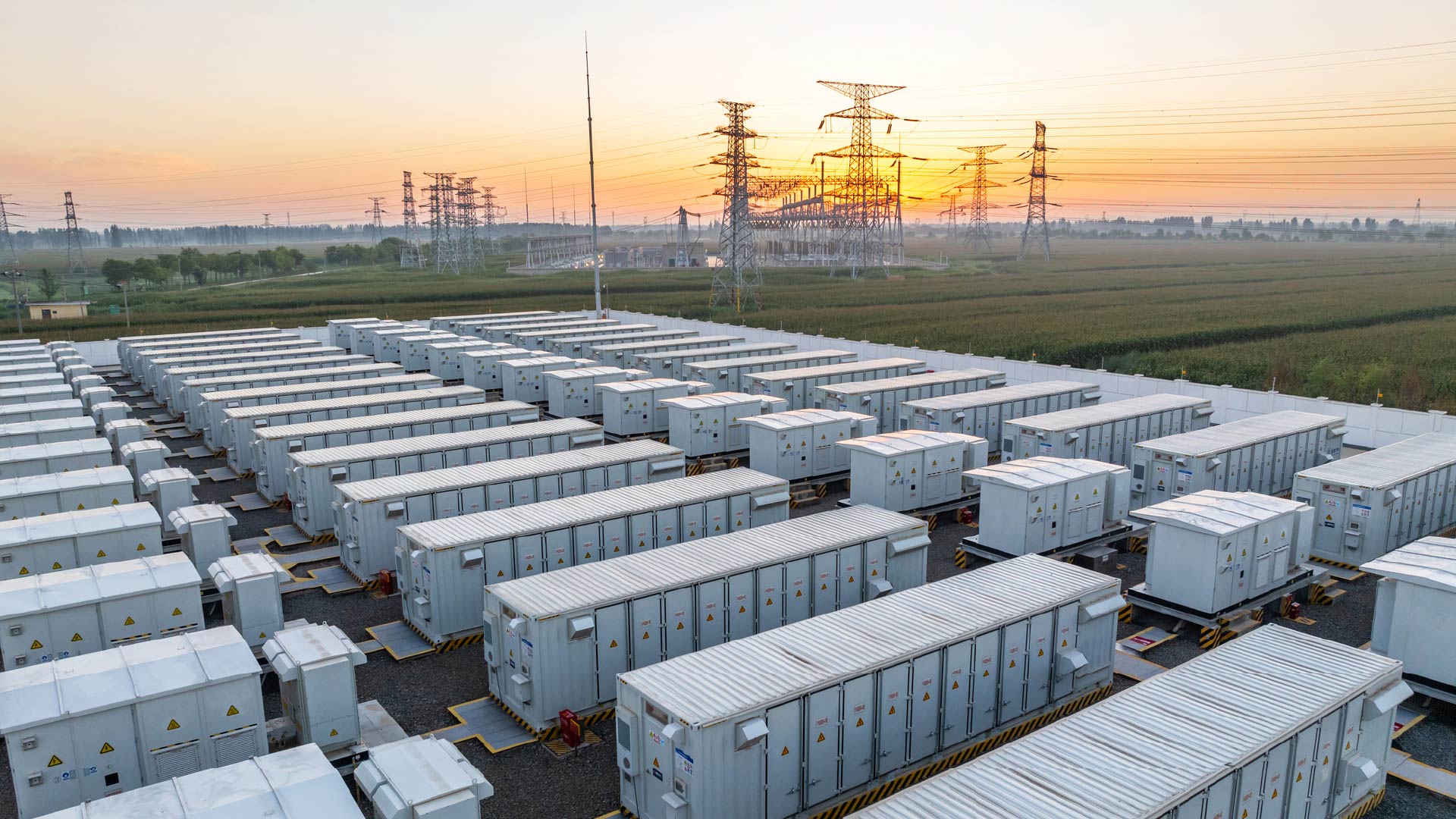The Sky Isn’t The Limit: The Latest Launches And Recent Raises In Satellite Emissions Detection

Alastair Foyn
Throughout 2023, geospatial satellite solutions for GHG emissions monitoring have continued to expand in coverage and improve in detection capabilities. In February 2023, in a testament to emerging market innovation, the Rocky Mountain Institute (RMI) released the Satellite Point source Emissions Completeness Tool (SPECT) to help users understand the capabilities of the increasing array of available detection satellites. For example, GHGSat’s constellation has increased from two to nine satellites over the past two years. The provider also completed a $44-million Series C1 funding round in early September, which will allow it to follow through with the planned launch of three more satellites by the end of 2023. Four further satellites are scheduled to launch in 2024.
In July, the US held the first White House Methane Summit, which included the formation of a new Cabinet-level Methane Task Force to accelerate the US Methane Emissions Reduction Action Plan. The summit emphasized the importance of promoting and accelerating the development and deployment of the innovative technologies that form a key focus of the Reduction Action Plan. US authorities are also developing digital tools to increase the accessibility and transparency of satellite-collected emissions data. For example, the EMIT Open Data Portal provides public access to emissions data collected through NASA’s EMIT instrument on the ISS. NASA is also currently co-developing the US Greenhouse Gas Center – an open-access portal for GHG emission datasets and visualizations – alongside the EPA, National Institute of Standards and Technology (NIST) and the National Oceanic and Atmospheric Administration (NOAA).
In parallel with public sector developments, geospatial emissions firms are seeking to enhance the capabilities of their digital tools. In July, Carbon Mapper updated the Carbon Mapper Data Portal to include a new tiered observation system, integrating multi-source data from NASA’s EMIT and Carbon Mapper’s airborne surveys. The updates also offer new plume visualizations and greater accessibility, allowing users to search emission plumes by sector, date and emissions rate as well as to bulk download data sets.
These recent market updates contribute towards both the growing viability of incorporating geospatial data into corporate and governmental decarbonization strategies and the increasing accountability for GHG leaks and corporate emissions through enhanced third-party observations. To find out more about the complex market of methane mitigation solutions see Verdantix Market Overview: The Business Case And Solutions For Methane Mitigation.About The Author

Alastair Foyn
Analyst





